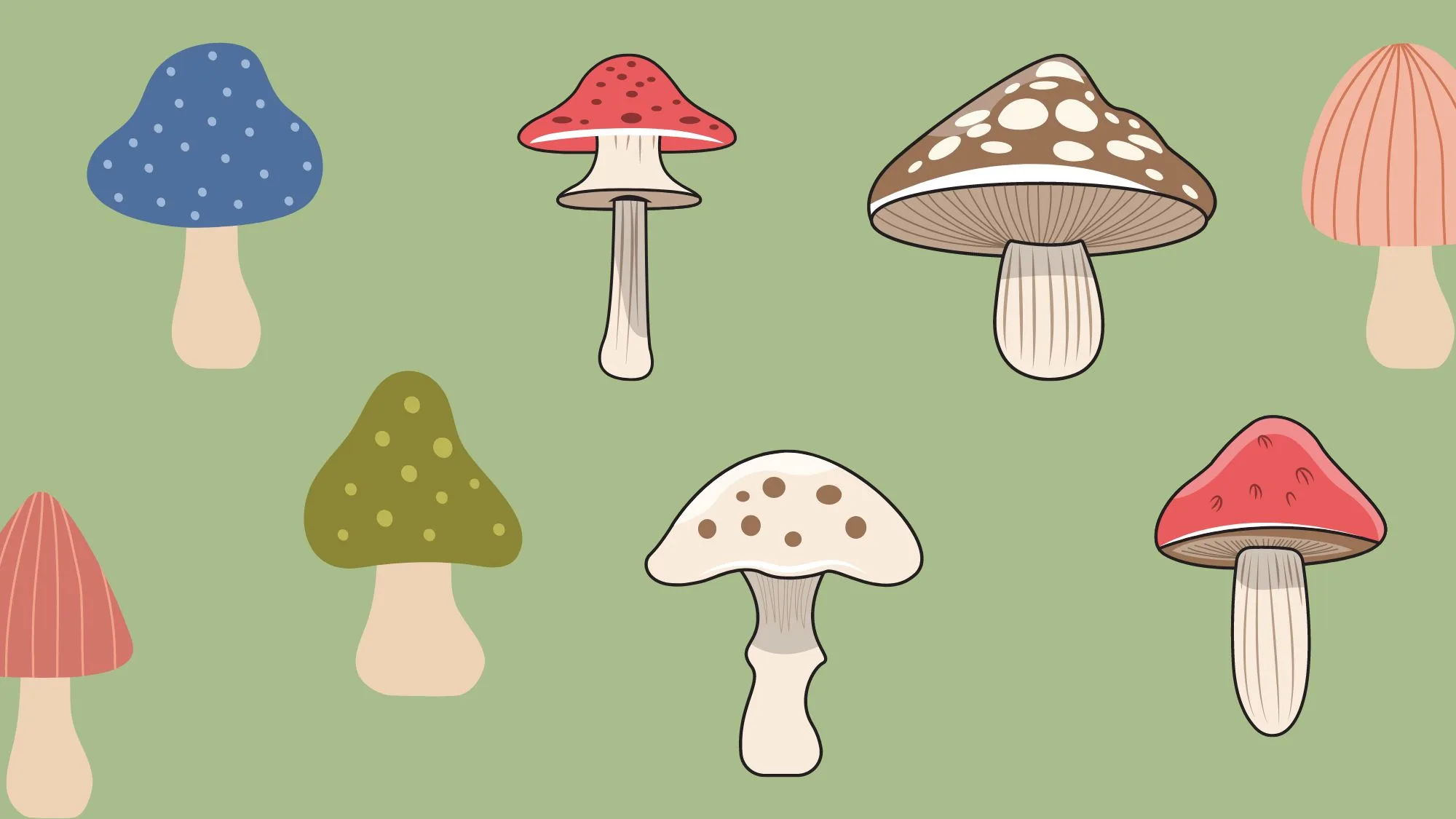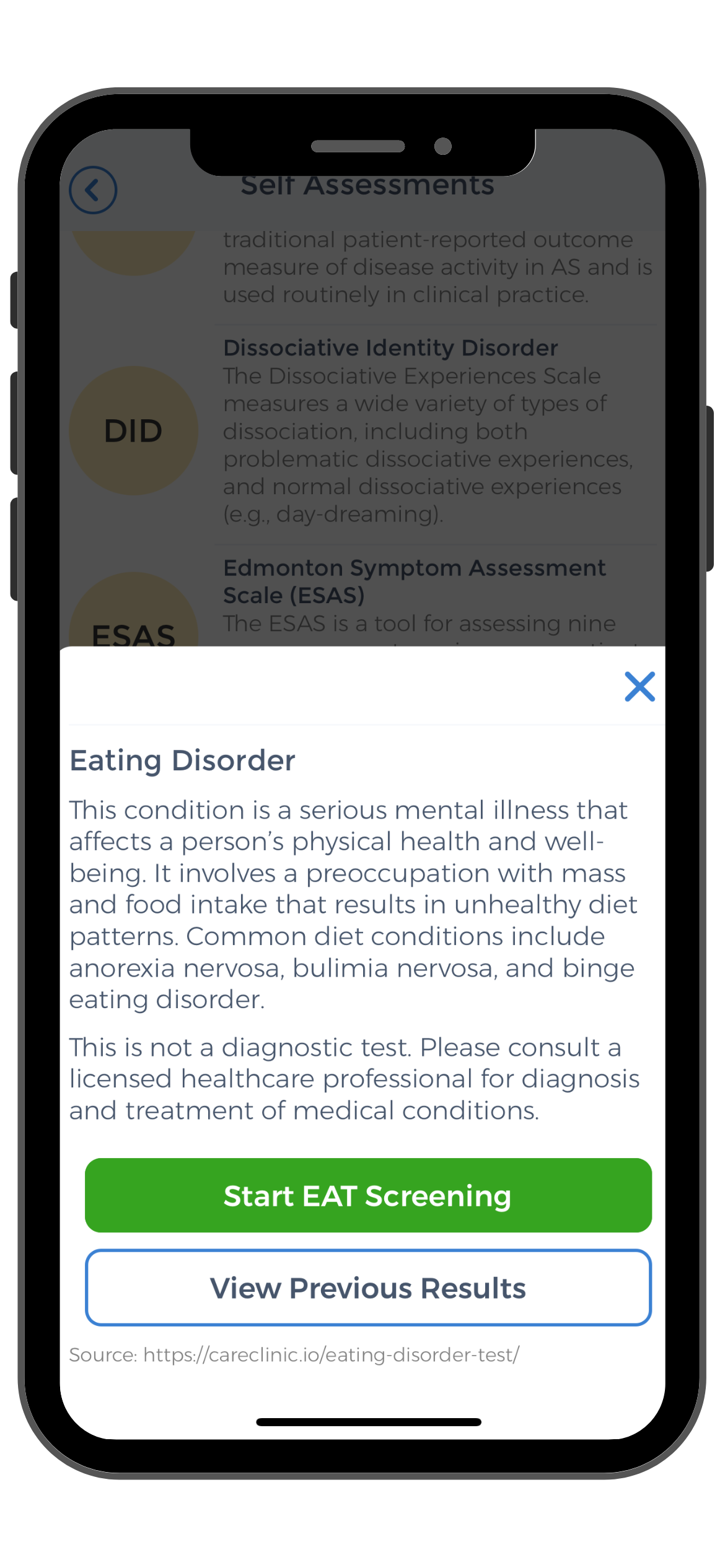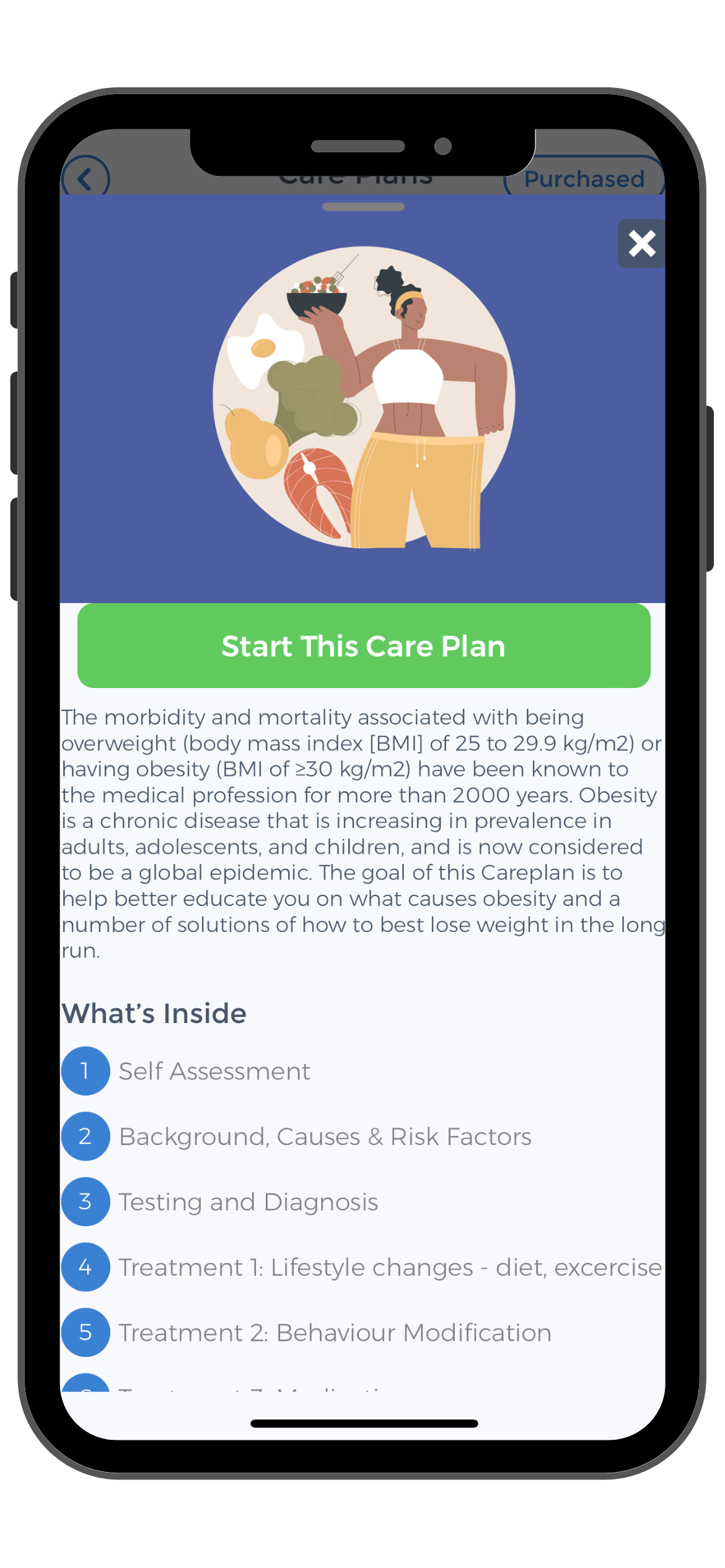
Mushrooms are a popular ingredient in many dishes, known for their unique flavors and textures. However, if you’re following a low FODMAP diet, you may be wondering if mushrooms are a suitable option. In this article, we’ll explore the relationship between mushrooms and FODMAPs. As well as provide insights into their nutritional profile and health benefits. We’ll also discuss precautions and considerations for incorporating mushrooms into a low FODMAP diet.
Understanding FODMAPs
Before diving into the specifics of mushrooms and FODMAPs, let’s first understand what FODMAPs are and how they can affect digestive health.
FODMAPs are a group of carbohydrates that can be difficult to digest for some individuals. The acronym stands for Fermentable Oligosaccharides, Disaccharides, Monosaccharides, and Polyols. These compounds are found in various foods and can be poorly absorbed in the small intestine.
When FODMAPs are not properly absorbed in the small intestine, they travel to the large intestine where they are fermented by gut bacteria. This fermentation process can lead to the production of gas and other byproducts. Which may cause digestive discomfort in sensitive individuals.
What are FODMAPs?
FODMAPs are commonly found in a wide range of foods including certain fruits (such as apples, pears, and watermelon), vegetables (like onions, garlic, and mushrooms), dairy products, and sweeteners like honey and agave nectar. It’s important to note that not all individuals are sensitive to FODMAPs, and tolerance levels can vary from person to person.
The Role of FODMAPs in Digestive Health
For individuals who are sensitive to FODMAPs, their consumption can lead to symptoms such as bloating, gas, abdominal pain, and altered bowel movements. Following a low FODMAP diet can help alleviate these symptoms and improve overall digestive health.
It’s essential for individuals with digestive issues to work with a healthcare provider or a registered dietitian to properly identify FODMAP triggers and create a well-balanced diet that meets their nutritional needs while minimizing discomfort. By understanding the role of FODMAPs in digestive health, individuals can make informed choices to support their overall well-being.
The Nutritional Profile of Mushrooms
Mushrooms are not only delicious but also packed with essential nutrients that can contribute to a well-balanced diet. These versatile fungi come in a wide array of shapes, sizes, and flavors, making them a popular choice for culinary enthusiasts and health-conscious individuals alike.
Types of Mushrooms and Their Nutrients
 There are various types of mushrooms available, each offering its unique blend of nutrients. For example:
There are various types of mushrooms available, each offering its unique blend of nutrients. For example:
- Button mushrooms, also known as white mushrooms, are an excellent source of vitamin B2 (riboflavin) and potassium. They have a mild flavor and are commonly used in a variety of dishes.
- Shiitake mushrooms, with their rich, savory taste, are not only delicious but also packed with B-vitamins, particularly vitamin B5 (pantothenic acid). Additionally, they contain antioxidants like selenium and ergothioneine. Which can help combat oxidative stress in the body.
- Maitake mushrooms, also called hen of the woods, provide beta-glucans, a type of soluble fiber known for its immune-boosting properties. These mushrooms have a distinctive, frilly appearance and a rich, earthy flavor that adds depth to soups and stir-fries.
Health Benefits of Mushrooms
In addition to their nutritional value, mushrooms offer several health benefits. They are low in calories and fat, making them a suitable choice for those looking to maintain a healthy weight. Mushrooms also contain dietary fiber. Which can support digestive regularity and help promote a healthy gut microbiome. Moreover, certain varieties of mushrooms possess antioxidant properties that can help protect the body against oxidative stress, inflammation, and chronic diseases.[1][2][3][4]
Mushrooms and FODMAPs
Now, let’s address the main question: Are all mushrooms low in FODMAPs?
Are All Mushrooms Low in FODMAPs?
While mushrooms are generally considered low FODMAP, a specific type called the Oyster mushroom should be consumed in moderation due to its higher FODMAP content. It’s important to note that individual tolerance to FODMAPs may vary. So it’s always best to listen to your body and consult with a healthcare professional if needed.
Another factor to consider when it comes to mushrooms and FODMAPs is the serving size. Even low FODMAP mushrooms can become high in FODMAPs if consumed in large quantities. Therefore, portion control is key when incorporating mushrooms into a low FODMAP diet.
How to Incorporate Mushrooms into a Low FODMAP Diet
If you’re following a low FODMAP diet and want to include mushrooms in your meals, there are a few strategies you can employ:
- Stick to FODMAP-friendly varieties like button mushrooms, shiitake mushrooms, and maitake mushrooms. These are generally safe to consume in moderate quantities.
- Consider cooking mushrooms thoroughly. As this can help break down certain FODMAPs and make them easier to digest.
- Pair mushrooms with other low FODMAP ingredients to create delicious and satisfying meals. For example, you could sauté mushrooms with bell peppers and serve them over quinoa.
Additionally, marinating mushrooms before cooking them can help reduce their FODMAP content. Ingredients like olive oil, herbs, and spices not only add flavor but can also aid in making mushrooms more FODMAP-friendly.
Certainly! Here’s an updated section discussing the FODMAP content of various types of mushrooms:
Exploring Different Edible Mushrooms FODMAPs
Mushrooms are a diverse group of fungi that vary not only in flavor and texture but also in their FODMAP content. Understanding which mushrooms are low FODMAP and which ones may need to be limited or avoided is essential for individuals following a low FODMAP diet. Here’s a breakdown of some common mushrooms and their FODMAP status:
Low FODMAP Mushrooms:
- Canned Champignon Mushrooms: These mushrooms have been tested and found to have a low FODMAP content, making them a safe option for individuals following a low FODMAP diet. They can be enjoyed in various dishes without causing digestive discomfort.
- Shiitake Mushrooms: Shiitake mushrooms are generally considered low FODMAP, making them a popular choice for adding flavor and nutrition to meals. They contain beneficial nutrients like B-vitamins and antioxidants, making them a valuable addition to a balanced diet.
- Portobello Mushrooms: Portobello mushrooms are another low FODMAP option, offering a meaty texture and robust flavor. They can be grilled, roasted, or stuffed for a satisfying meal that’s gentle on the digestive system.
- Enoki Mushrooms: Enoki mushrooms are low in FODMAPs and add a delicate crunch to dishes like salads, soups, and stir-fries. They are versatile and can be used in various culinary applications to enhance both flavor and texture.
- Porcini Mushrooms: Porcini mushrooms are typically low in FODMAPs and are prized for their rich, earthy flavor. Whether fresh or dried, they can be used in a variety of dishes, including risottos, pastas, and sauces, to elevate the flavor profile.
High FODMAP Mushrooms:
- Oyster Mushrooms: Oyster mushrooms contain moderate levels of FODMAPs and may need to be consumed in moderation by individuals following a low FODMAP diet. While they offer a unique texture and flavor, excessive consumption may lead to digestive discomfort in sensitive individuals.
- Dried Shiitake Mushrooms: Dried shiitake mushrooms have been tested as low FODMAP; however, it’s essential to be mindful of portion sizes. The drying process may concentrate certain FODMAPs. So moderation is key when incorporating dried mushrooms into a low FODMAP diet.
- Canned Mushrooms: While canned mushrooms are generally considered low FODMAP, it’s important to check the ingredients list for any added high FODMAP ingredients like garlic or onion. Opting for plain canned mushrooms can help minimize the risk of triggering digestive symptoms.
- Dried Porcini Mushrooms: Dried porcini mushrooms are another option for individuals following a low FODMAP diet. As they typically contain low levels of FODMAPs. However, similar to dried shiitake mushrooms, portion control is essential to prevent overconsumption of FODMAPs.
When incorporating mushrooms into a low FODMAP diet, it’s essential to consider both the type of mushroom and the serving size to ensure they are well-tolerated. Experimenting with different varieties and cooking methods can help individuals find enjoyable ways to include mushrooms in their meals while supporting their digestive health.[5][6]
Other Low FODMAP Foods
It’s important to widen your low FODMAP food choices to maintain a balanced diet while managing your digestive symptoms. Here are some other low FODMAP foods you can enjoy:
When following a low FODMAP diet, it’s crucial to explore a variety of food options to ensure you’re getting all the necessary nutrients. Incorporating a range of low FODMAP vegetables can help diversify your meals and provide essential vitamins and minerals. In addition to carrots, bell peppers, cucumbers, and zucchini, you can also include vegetables like spinach, kale, bok choy, and green beans in your diet. These vegetables not only add color and flavor to your dishes but also contribute to your overall well-being.
Vegetables That Are Low in FODMAPs
- Carrots
- Bell peppers
- Cucumbers
- Zucchini
- Spinach
- Kale
- Bok choy
- Green beans
Similarly, when it comes to low FODMAP fruits, expanding your choices can add sweetness and variety to your diet. Along with strawberries, grapes, cantaloupe, and oranges, you can also enjoy fruits like blueberries, kiwi, pineapple, and raspberries. These fruits not only satisfy your sweet cravings but also offer antioxidants and fiber that are beneficial for your gut health. By incorporating a wide range of low FODMAP fruits into your daily meals, you can create delicious and nutritious options that support your digestive system.
Fruits That Are Low in FODMAPs
- Strawberries
- Grapes
- Cantaloupe
- Oranges
- Blueberries
- Kiwi
- Pineapple
- Raspberries
- Strawberries
- Grapes
- Cantaloupe
- Oranges
- Blueberries
- Kiwi
- Pineapple
- Raspberries
Precautions and Considerations
While following a low FODMAP diet can be beneficial for managing digestive symptoms, it’s essential to approach it with caution and consider potential risks.
When embarking on a low FODMAP diet, it’s crucial to be mindful of the potential risks associated with restricting certain types of carbohydrates. By limiting FODMAPs, individuals may inadvertently reduce their intake of essential nutrients and fibers that are typically found in a wide range of foods. To mitigate this risk, it is important to ensure that your diet remains well-balanced and nutritionally adequate. Incorporating a variety of nutrient-dense foods such as leafy greens, lean proteins, and whole grains can help offset any potential nutrient deficiencies that may arise from a low FODMAP diet.
Potential Risks of a Low FODMAP Diet
Restricting FODMAPs can inadvertently limit your intake of certain nutrients and fibers. It’s important to ensure you’re still obtaining an adequate range of nutrients from other food sources. Consider consulting with a dietitian or nutritionist to ensure you’re meeting your nutritional needs while following a low FODMAP diet.
Moreover, individuals following a low FODMAP diet should pay close attention to their fiber intake. Since certain high-FODMAP foods are rich in fiber, such as certain fruits, vegetables, and whole grains, it’s essential to find alternative sources of fiber to support gut health and regular bowel movements. Including low FODMAP fiber sources like chia seeds, flaxseeds, and quinoa can help maintain a healthy digestive system while adhering to a low FODMAP eating plan.
When to Consult a Dietitian or Nutritionist
 If you’re unsure about whether a low FODMAP diet is suitable for you or need guidance on incorporating mushrooms into your diet, it’s recommended to seek advice from a registered dietitian or nutritionist. They can provide personalized recommendations and support throughout your dietary journey.
If you’re unsure about whether a low FODMAP diet is suitable for you or need guidance on incorporating mushrooms into your diet, it’s recommended to seek advice from a registered dietitian or nutritionist. They can provide personalized recommendations and support throughout your dietary journey.
Furthermore, individuals with specific health conditions or dietary requirements may benefit from the expertise of a healthcare professional when navigating a low FODMAP diet. Conditions such as irritable bowel syndrome (IBS), inflammatory bowel disease (IBD), or food intolerances require tailored dietary approaches to manage symptoms effectively. Consulting with a dietitian or nutritionist can help individuals customize their low FODMAP diet to address their unique health needs and optimize overall well-being.
Mushrooms can be enjoyed as part of a low FODMAP diet, with some considerations for specific varieties. They offer numerous health benefits and can be incorporated into various delicious dishes. Remember to be mindful of portion sizes and listen to your body’s response. As always, consulting with a healthcare professional is advised for personalized guidance and support. Enjoy your mushrooms and eat well!
Use the CareClinic App to Track Canned Champignon Mushrooms Intake
Discover the ease of managing your low FODMAP diet with the CareClinic App, your partner in tracking and improving digestive health. With the app’s comprehensive food diary feature, you can log your mushroom intake and monitor your body’s response, ensuring you stay within your FODMAP limits.
The CareClinic App also provides valuable insights into your eating patterns. Helping you identify which foods work best for your unique dietary needs. By consistently using the app, you can take control of your symptoms and move towards better digestive well-being.
Download the CareClinic App Today
Not only does the CareClinic App assist with dietary management. But it also enables you to track your overall health progress. You can record symptoms, medications, and even your mood, creating a holistic view of your health journey.
This information is crucial for understanding the impact of your low FODMAP diet on your body and can be shared with healthcare professionals for tailored advice. To start optimizing your health outcomes, Install App today and take the first step towards a happier, healthier gut.
References
- “Health Benefits of Mushrooms”. https://health.clevelandclinic.org/benefits-of-mushrooms
- “Are Mushrooms Healthy? Here's What Experts Say”. https://time.com/5500684/are-mushrooms-healthy/
- “7 health benefits of mushrooms | UCLA Health”. https://www.uclahealth.org/news/article/7-health-benefits-of-mushrooms
- “Health Benefits of Mushrooms”. https://www.eatingwell.com/article/9583/5-amazing-health-benefits-of-mushrooms/
- “Are Mushrooms Low FODMAP? Exploring Different Mushroom Varieties”. https://www.merryhill-mushrooms.co.uk/blog/are-mushrooms-low-fodmap
- “Are Mushrooms Low-FODMAP % IrritableBowelSyndrome.net”. https://irritablebowelsyndrome.net/food/low-fodmap-mushrooms
- “Your Guide to the Low-FODMAP Diet”. https://health.clevelandclinic.org/low-fodmap-diet
- “Low FODMAP Shopping List – A blog by Monash FODMAP | The experts in diet for IBS – Monash Fodmap”. https://www.monashfodmap.com/blog/low-fodmap-shopping-list/
- “Nutritional Deficiencies and the Low FODMAP Diet – FODMAP Everyday”. https://www.fodmapeveryday.com/nutritional-deficiencies-and-the-low-fodmap-diet/
- “Low FODMAP Fiber Sources: A Complete Guide to High Fiber Low FODMAP Foods”. https://guthealthydietitian.com/low-fodmap-fiber-sources/


